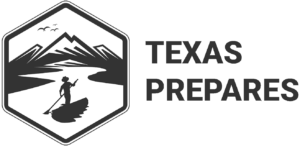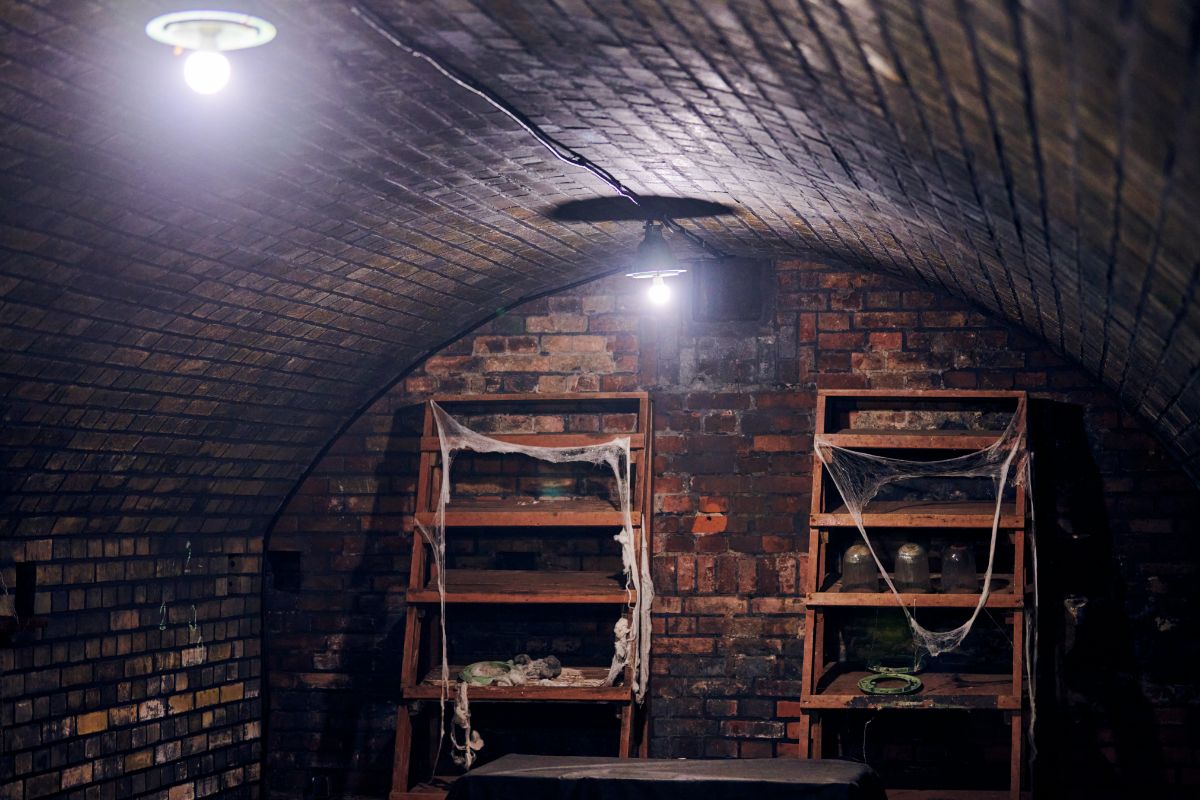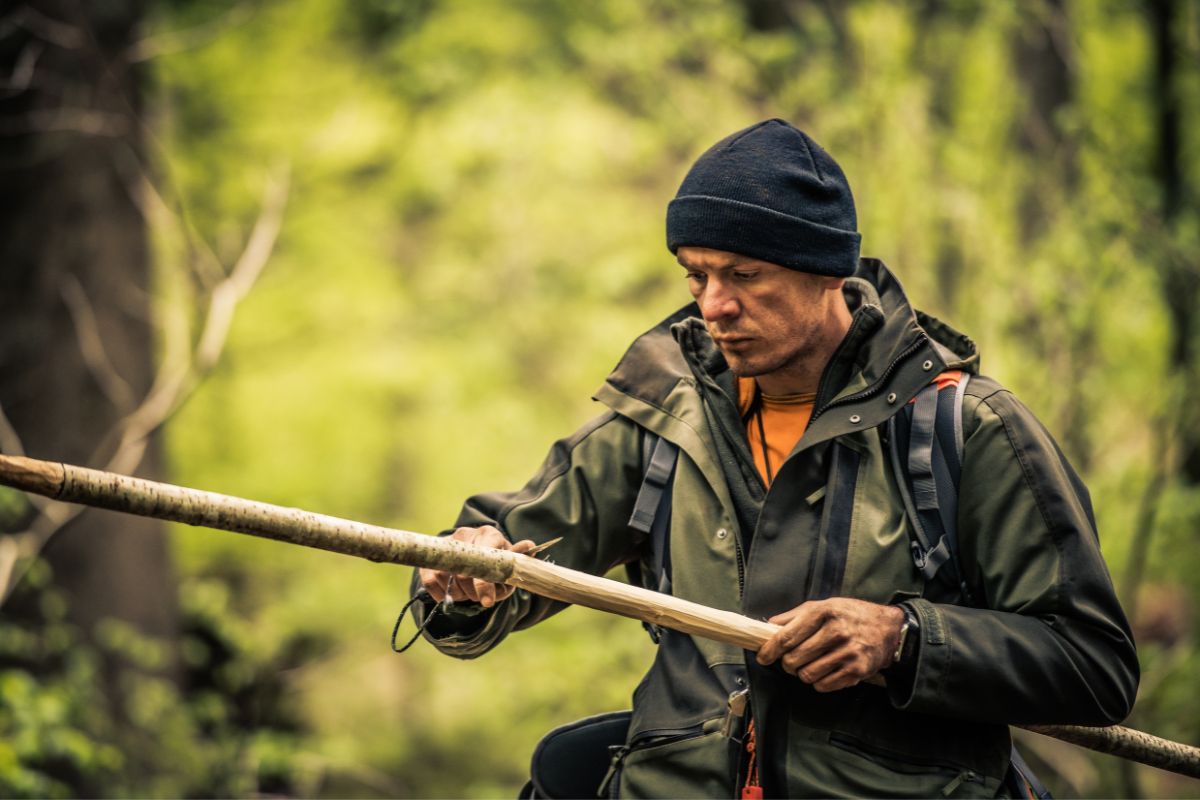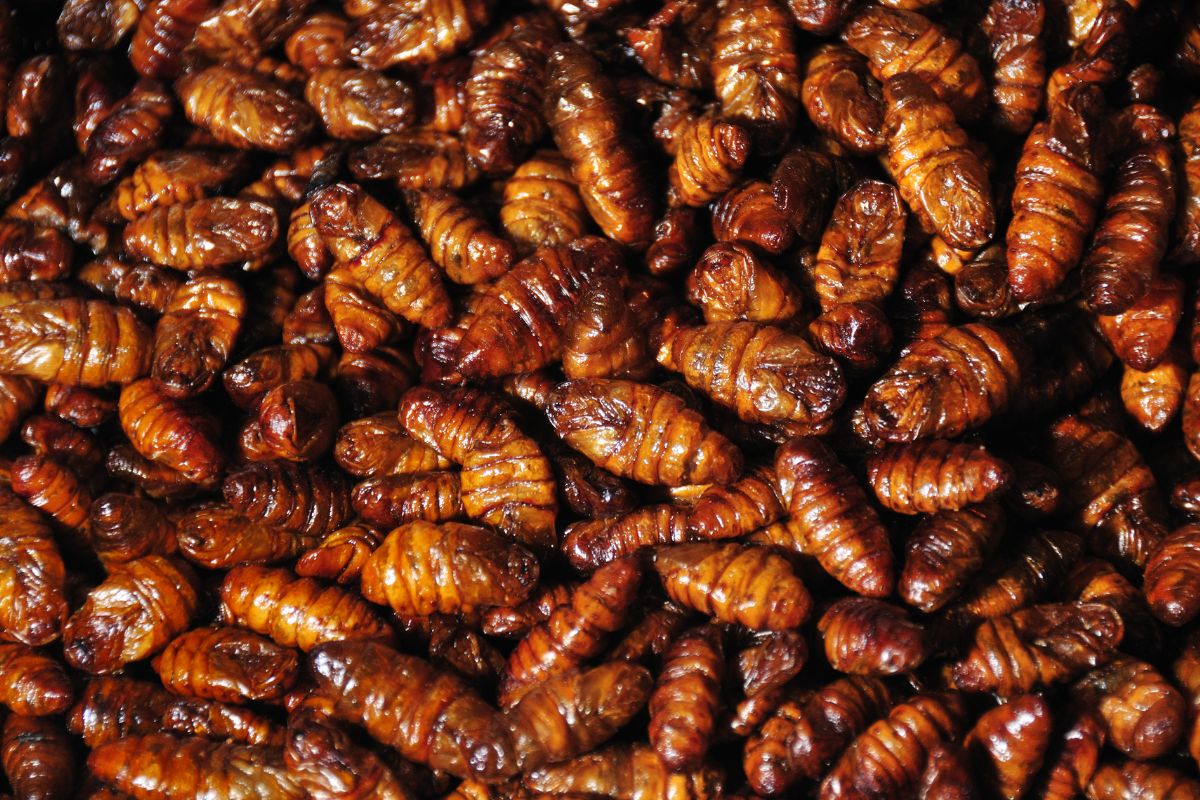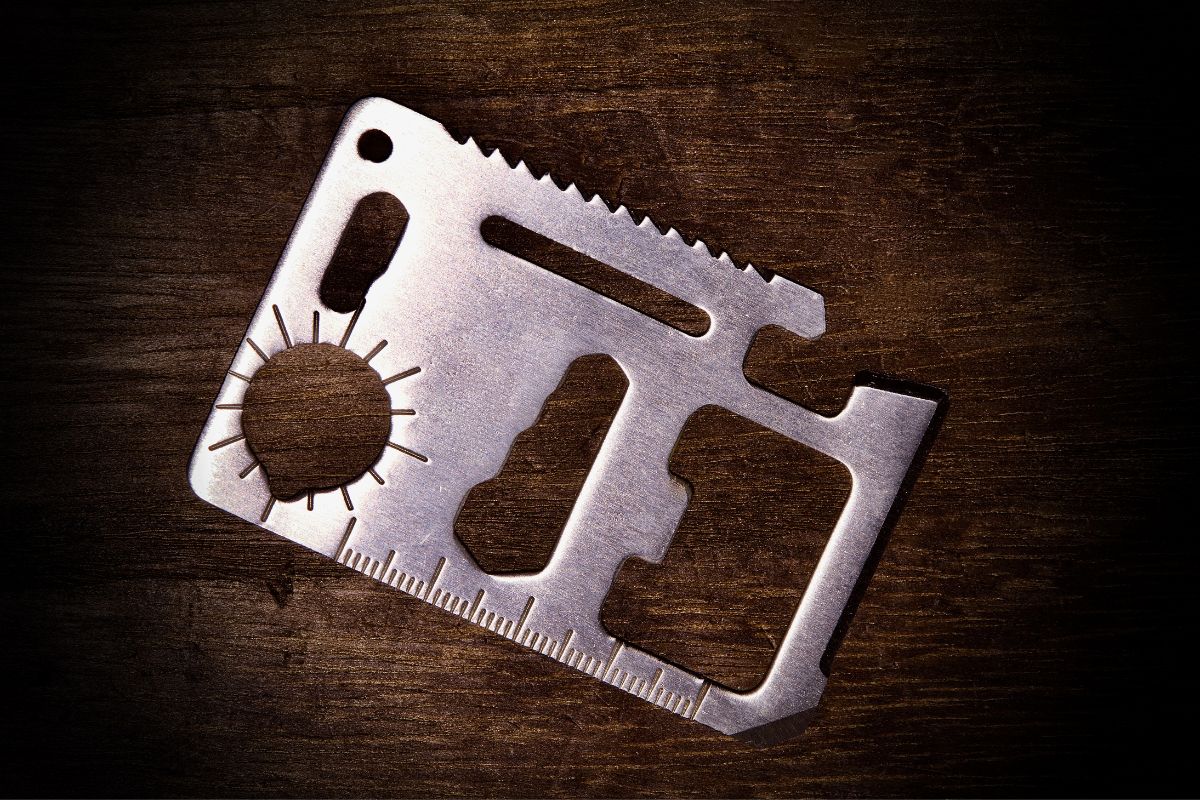Natural disasters are one of the most terrifying events that happen in our lives. They are not like man-made disasters that could have been avoided, nor are they social upheaval.
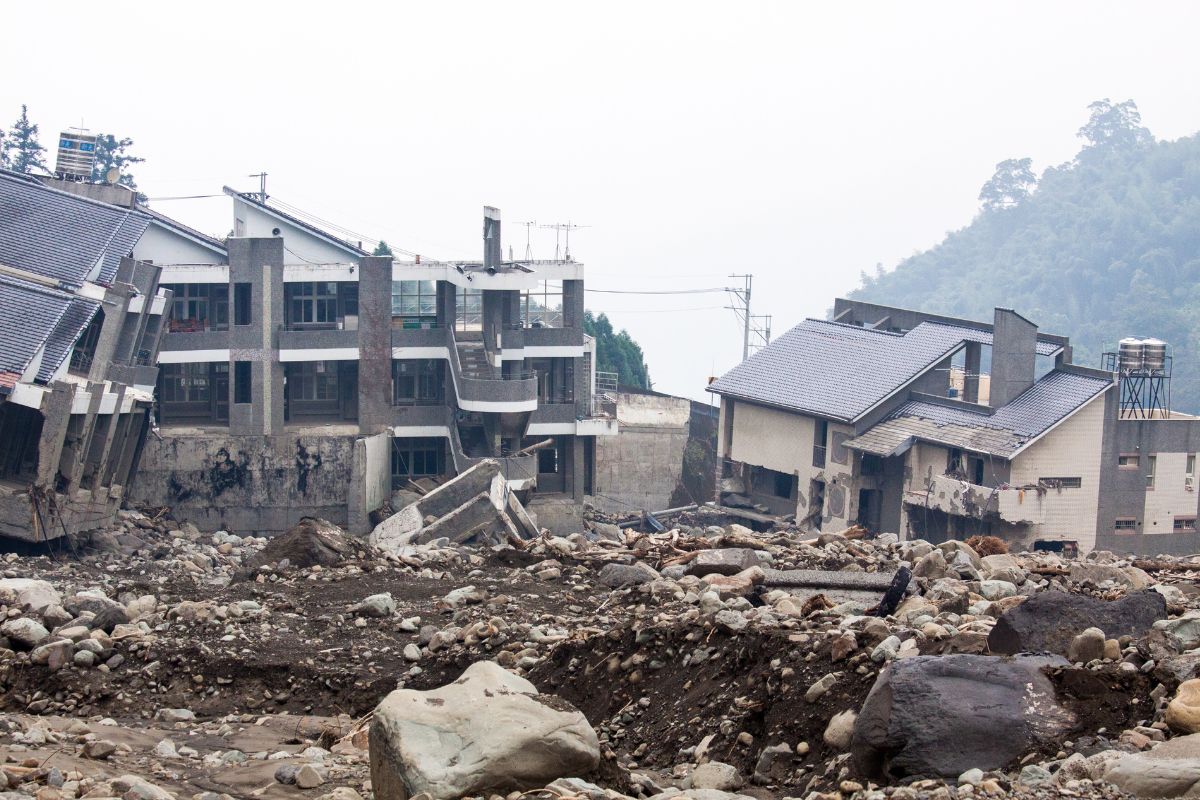
They are different because no matter what happens there is nothing you can do to stop or prevent them and when you stand in their way, you suddenly realize how mortal you truly are.
Unfortunately, the United States is prone to natural disasters more than other countries, due to our location, size, and the nature of our climate – the south especially so.
This means that it is more than likely that the average American will feel the effects of a natural disaster in their lifetimes.
So, what can be done? How can you survive a natural disaster? In this article, we will look at some different natural disasters and what you need to do to survive each of them.
Fire
One natural disaster that has become far more common in recent years is the fire.
All it takes is a spark on grass or leaves on a dry day, and the whole area can become engulfed in flames.
Fires are indiscriminate, destroy everything in their path, and won’t stop until they have run out of fuel.
Your sense of smell is your best friend for discovering a fire. If you smell smoke or see animals begin to react weirdly and run away, then there might be a fire occurring.
You may also hear the roar of the fire or see the flames rising as well.
If you plan to stay in your home, then you need to douse your home with water and make sure there is nothing outside it that can burn, like flammable gas or leaves in gutters.
Always have a fire escape route planned out for when the fire gets too close.
If you can’t escape in time, stay inside and block any gaps in under doors, on Windows, and close the curtains and blinds.
Then hunker down in the middle of the house – away from the outside walls – and wait for it to pass over your home.
Fire breaks are the best way to stop a fire. A fire break is a barrier that denies fire the fuel it needs to carry on. These include rivers, ditches, or an already burnt area.
You could stop the fire by digging a ditch around where you are, controlled burning around the areas you are in, or running for a water source and leaping in.
If you have none of these, you can try going around the flames or as a last resort bury yourself completely and hold your breath until it passes over.
Flood
Floods can be quick and floods can be slow, but they should never be underestimated, as they are a continuously powerful force that can sweep you and your home away.
If you are at home, try to find equipment and food to survive for a few days, including a raft, dry clothes, and freshwater.
Then turn off all the water, gas, and electricity to the house. Finally, move to the upper floors of your home or the roof if you need to – if you go to the roof, make sure everyone is tied onto the roof for security.
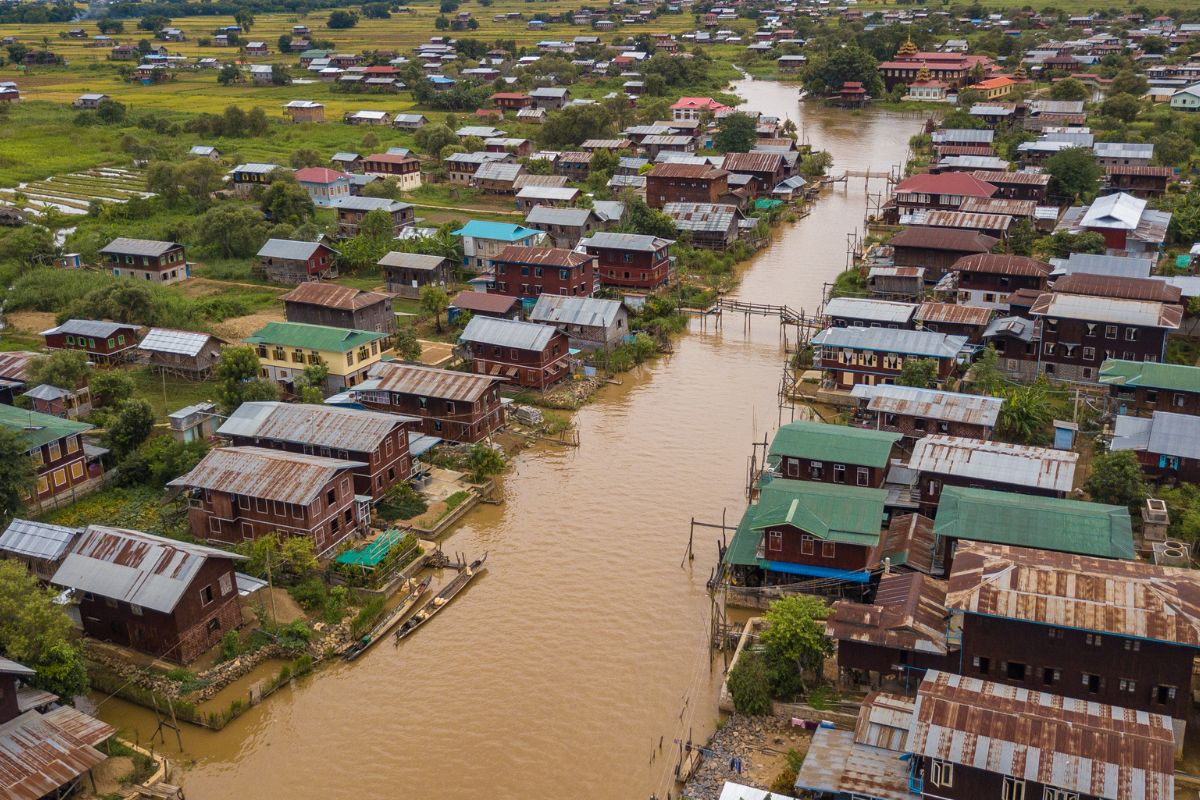
If you are not at home when the flood comes or if it is a flash flood, then you need to move fast.
Get to higher ground, somewhere where the flood will move slowly or not be able to reach.
It should be a place that can withstand a battering from the waters, like an apartment block or a huge, old tree.
When it is over, purify anything before you eat or drink it, as floodwaters carry disease.
Hurricane, Tornados, Typhoons
These are different storms with the same effect, so the advice is very similar.
If you have time, then get as far away from these storms as possible, preferably inland – though this won’t help with a tornado.
Apart from this, there isn’t much you can do in a hurricane or tornado, except hide from it.
Your best option is to stay indoors, board up every window, and secure anything that might blow away – inside and outside.
Then you want to go to the most secure position in the home and get as low as possible, a basement would be ideal for this.
If you are outside, then you are in trouble. Try and find a shelter that occurs naturally, like a cave or a ravine that is easy to climb out of.
If you can’t find these, then the next best thing is a ditch or the side of a structure that shelters you from the wind. But these are far from ideal.
If you survive into the eye of the storm, then you can look for better shelter before the wind comes back again.
Blizzards
Blizzards are probably the most insidious of natural disasters.
They kill not by force of impact or attacking the body, but by sapping the strength of the person, until they just have no strength left to go on.
If you find yourself in a blizzard, don’t try to escape it, for that will get you killed. Instead, find shelter. This could be a tent, a cave, a car, even just your home.
If all else fails, build a snow cave out of the gathering snow.
If you attempt this, you need a ventilation hole through the top, something to stop the wind, and the tools and will to keep the holes open, so you won’t get snowed in.
Then do everything in your power to keep yourself and your body warm, even exercising on the spot.
Conclusion
Although we have only covered four of the natural disasters there are in the world, a lot of the advice given for those four can work in other situations as well.
This is because the main advice is to find an area that is least affected by the disaster, hunker down there, and plan your next move after it has passed.
If you apply this logic to most disasters, you should come out better than a lot of people.
- How To Make A Quick And Easy DIY Toilet For Camping - September 19, 2022
- How To Use A Knife For Self Defense - September 19, 2022
- How To Help The Elderly Recover From A Disaster - September 19, 2022
